18th Century London
London, the Romans arrived and here on the Thames over time the city has grown. Article shares the history of evolution in the 18th century as the Industrial revolution gathers pace. An Antipodean travel company serving World Travellers since 1983 with small group educational tours for senior couples and mature solo travellers.
7 Apr 22 · 11 mins read

London in the 18th Century
The 18th century was a period of unimaginable change in England. The century witnessed not only the early stirrings of the Industrial Revolution, after the industrious revolution, but also a consumer revolution in which a new form of society emerged based on the mass consumption of a variety of goods and products. Meanwhile, the British Empire rose to be the world’s dominant power, with the British East India Company establishing their rule in India, while millions of slaves were shipped to plantations in the settler colonies of the Caribbean and the Americas. At the centre of these developments was the city of London – the economic and cultural hub of the kingdom.
Over the century, London grew in both population and size to be the preeminent world city of the time. The English writer Daniel Defoe, in his 1724-26 Tour thro’ the Whole Island of Great Britain, described it as “the most glorious sight without exception, that the whole world at present can show, or perhaps ever could show since the sacking of Rome in the European, and the burning of the temple of Jerusalem in the Asian part of the world.”
As Europe’s largest port city, London served as the main hub of national and international trade, with its own extensive networks of markets and manufacturing. It was also a cultural centre, with the latest ideas, fashions, and trends emerging from its theatres, galleries, taverns, and coffee-houses.
But London also had its dark side. For Daniel Defore, although the city was “great”, it was also a “monstrous thing”, seemingly unstoppable in its growth and the degeneracy and perversion that it generated. Indeed, for most, conditions were filthy, polluted, and overcrowded – a perfect pitri dish for crime, violence, and depravity.
This article explores both the extravagance and decadence of London in the 18th century, intended as background reading for Odyssey Traveller’s tours of London. We delve into this time period particularly during our Agrarian and Industrial Britain Tour, as well as our Canals and Railways in the Industrial Revolution Tour. Or for an even more extensive exploration of London, you can join our London Short Tour or our Queen Victoria’s Great Britain Tour. All tours move in small groups of 6-12 people, designed for mature and senior travellers.
Much of the information for this article is drawn from Tristram Hunt’s The Radical Potter, as well as sources referenced throughout.

Population Growth
London experienced a remarkable growth in population during the 18th century. From a population numbered around half a million in 1700, this surged beyond 750,000 in the 1760s to make London the largest city on the edge of Europe. By the end of the century, the population had reached roughly one million, making the city home to well over a tenth of the population of Great Britain. England’s second largest city, Bristol, by contrast had scarcely 30,000 inhabitants at this time.
This sort of growth was unique in eighteenth century Europe. By 1800, Paris, the continent’s second largest city, had a population just over half the size of London at 550,000. And only one in 40 Frenchmen lived in Paris. Similarly, the Hague only held one in 50 of the population of the Netherlands, while just one in 80 Spaniards resided in Madrid. [Brittanica]
London’s population was fed by a constant flow of migration, mostly from within the United Kingdom. Most travelled to the capital to find regular and full-time work, with perhaps one in six Britons spending a portion of their working life in London in the 18th century.
Many arrived from the English countryside, seeking out new job opportunities in trade and manufacturing that the city provided. Others came from rural areas further afield, such as in Ireland, Scotland, and Wales, and even other areas of Europe. [British Library]
Many of the young people who arrived worked as apprentices to the capital’s numerous tradesmen, while others found employment as domestic servants in the elegantly built town houses of aristocratic families.
Entertainment in the city was also a major pulling force for migrants, especially the young. For example, theatres, inns, pleasure grounds, and shops displaying the latest fashions were all popular attractions.
Urban Development
To cope with the influx of population, London underwent a wave of construction, rapidly spreading beyond its traditional limits. In 1700, it was divided into three distinct parts: the City of London, the City of Westminster, and the borough Southwark south of the river. By 1800, many of the rural villages and hamlets surrounding Westminster and the City of London had gradually been incorporated into the metropolis, covered by a tide of bricks and mortar.
Westminster, lying in the West End of London, was intensely developed, with new districts built for Britain’s wealthiest aristocratic families. The district of Mayfair was the most exclusive area, built up with luxury townhouses on an area occupied by seven different estates. These estates were laid out on land that had passed from the monasteries into the hands of noble families and were filled with streets and squares. The Grosvenor estate was the most substantial plot of land, constructed with an orderly grid network of streets around Grosvenor Square in the early 1720s.

Meanwhile in the East End, the Port of London expanded downstream from the City of London, while growth spread to Stepney, Ratcliffe, Limehouse, and Wapping, with the building of cottage terraces. In the south, the city spread to Bermondsey, Rotherhithe, Walworth, and Kennington. And in the north, fashionable suburbs spread along Tottenham Court Road and northwest to Paddington and St Pancras. [Local Histories]
The English Parliament initiated several important infrastructure projects during the century to accommodate the rapid growth of population. The construction of the New Road, for example, began in 1756 to alleviate traffic congestion. Running between Paddington and Islington, this was London’s first bypass and severed as an informal northern boundary for the city for several years. New bridges were also built in Westminster in 1749 and Blackfriars in 1770, and the walls of the city were demolished between 1760 and 1766.
The landmark Westminster Paving Act of 1765, meanwhile, required streets be equipped with pavements, drainage, and lighting. These same provisions were extended across the whole city the following year with the London Paving and Lighting Act. This act also required that houses be numbered and that streets and pavements be cleansed and swept regularly. As a result, London had the most extensive street lighting than any other city in Europe, mesmerising foreign visitors. [British Library]
Many new buildings were also erected during this time. Christopher Wren’s masterpiece, St Paul’s Cathedral, was completed in 1708. Buckingham Palace was built in 1703 for the Duke of Buckingham. It was then acquired by George III in 1762 and enlarged over the next 75 years by architects such as John Nash. Marlborough House was built in 1711; The British Museum was founded in 1753; Mansion House was built as a residence for the Lord Mayor of London also in 1753; and Somerset House was completed in 1786. [Local Histories]
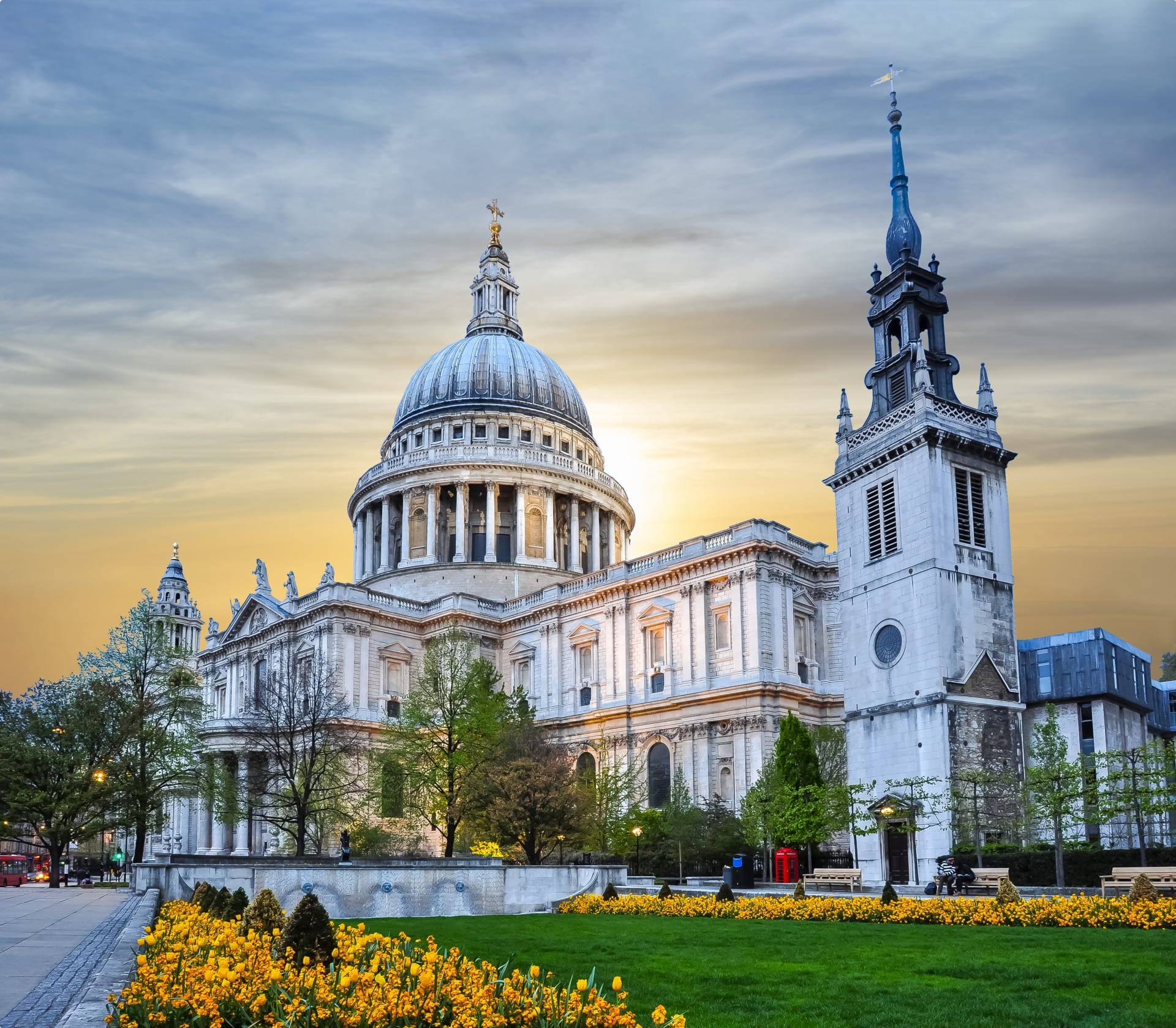
Economic and Cultural Hub
London’s might came from its concentration of many different economic and cultural forces. It was the financial, commercial, artistic, legal, political, and royal centre which no other town or city could rival. The largest concentration of aristocracy, the wealthiest bankers and merchants, the wealthiest capitalists, and the largest concentration of taxpayers were all to be found there.
London’s prosperity rose particularly following Britain’s victory in the Seven Years’ War in 1763. From the war, Britain emerged as the world’s leading colonial power, having gained all of New France in North America and receiving Florida from Spain. This in turn opened large new markets to British trade in the East and West Indies, with the Americas, and indeed with most of the world.
Profits flowed into London – the largest port in the country. Over the course of the 18th century, the number of ships entering its port doubled from around 6,900 in 1700 to 14,800 in 1795 and their tonnage quadrupled.
Soon, London held the title of the biggest and most commercialised and industrialized city in the world, with great quantities of goods circulating in and through the capital’s network of markets. Every sort of business imaginable, form merchant shops to ale houses, lined its streets, while industries such as leather tanning and timber yards sprang up along the South Bank. By the late 18th century, the city had overtaken Amsterdam as the centre of the world economy. [British Literature Wiki]
London was also a huge market for the rest of England’s produce. From grain, to meat, fish, butter, cheese, salt, fuel, timber, cloth, and more, all the best of every produce was brought here from all over the country. So much so that Daniel Defore commented that “all the people, and all the lands of England, seem to be at work for, or employed by, or on account of, this overgrown city.” [Local Histories]
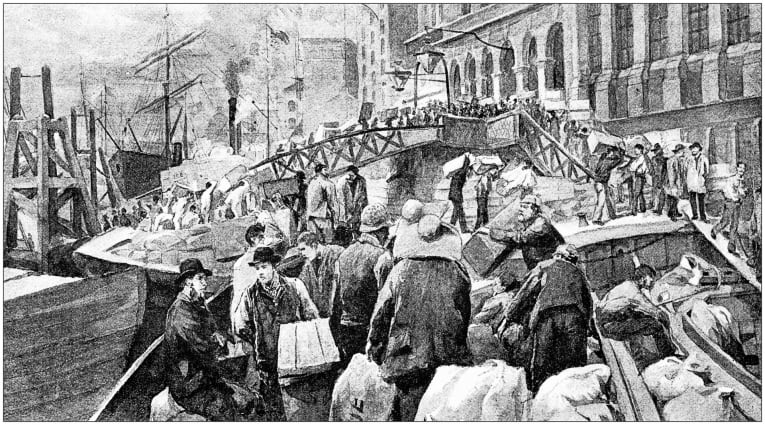
Following from its great wealth, London also predominated in matters of culture, particularly the theatre, literature, and the arts. Preeminent writers and painters, such as David Garrick, Oliver Goldsmith, Samuel Johnson, and Sir Joshua Reynolds all called 18 century London home. While renowned foreign musicians, including George Frideric Handel, Joseph Haydn, and Mozart also lived in the city. [Britannica]
London was, moreover, a centre in which the people could debate ideas and set societal trends. In its coffee-houses, taverns, learned societies, salons, assembly rooms, debating clubs, theatres and galleries, the city was where the fashions, conversations, and tastes of society began.
Consumerism in the City
As the gentry and prosperous merchants took up residence in London, they created a culture of luxury and consumption. They lived in lavish, elegant mansions, filled with extravagant furniture, silver products, grand mirrors, cutlery, porcelain, and pottery. And they wore the latest fashions. Women dressed in bodices, hooped petticoats, and fashionable dresses; while men donned knee-length coats, knee breaches, vests, waistcoats, linen shirts with frills, and buckled shoes. [Ancestry]

This culture of consumption slowly spread to the middle classes, who – working longer hours and producing more (see the Industrious Revolution) – now had higher incomes to afford a greater amount of goods. Retail played an elemental part in this culture. The city’s shops and celebrated array of markets (from Smithfield to Billingsgate to Covent Garden) provisioned the capital’s astonishingly varied consumer appetite. Teas, muslins, porcelains, silks, peppers, coffee, rum, cocoa, palm oil, wine, tobacco, seal skins, linen, cork, cotton, and rice could all be found on a grand scale.
But it was the diversity as much as the volume that fed the consumerist culture. Cheapside was famous for clock makers and jewellers; Ludgate Hill hosted the mercers, haberdashers, and furniture shops; the booksellers clustered in Paternoster Row. None of them though could match the Strand for the wealth and range on offer, its exclusive exchanges, and the array of glass makers, silversmiths, gunsmiths, tailors, and hatters lining the most desirable shopping street in Europe.
London’s Dark Side
Not everything was grand and luxurious in 18th-century London. For many, the conditions were actually quite poor, lending Daniel Defore to describe the city as “monstrous” – a degenerate and parasitical entity.
For one, it was a grimy, overcrowded, and insanitary place. Dirt and choking pollution in particular afflicted the city, with the smoggy conditions outside sometimes becoming so bad that candles were required at midday in busy shops. The streets, meanwhile, were covered in filth and dirty water that had been dumped from upper windows. Many became practically unusable in the winter months, consistently muddy and flooded. The smell of the city too was almost unbearable. Open sewers ran through the centre of numerous streets, while gutters carried human waste and horse manure left out daily on the streets. [British Library]
Life was hardest for the poor in London. For the unemployed, there was no government assistance, and many had trouble finding their next meal or a warm place to sleep. Poor craftsmen and laborers, meanwhile, lived in just or three rooms. And for the poorest families, they had to be content with just one room and basic plain furniture, with two or three persons usually occupying a single bed.
The poor turned to drinking to escape their woes. In particular, gin – cheap and readily available – severely affected the city. An estimated one house in every eight sold gin over the counter in the 1740s. The historian Oscar Sherwin describes the liquor as “a disease of the poor and the grand destroyer of life”, killing thousands and contributing to the spread of thieving and other evils.
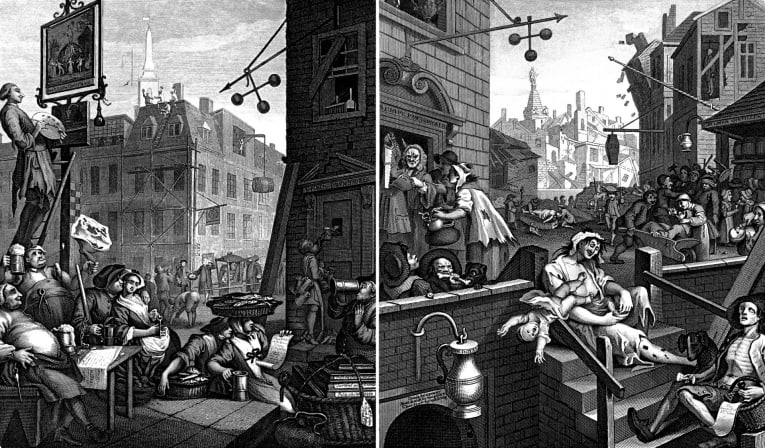
Indeed, the city was dogged by crime, with thieving and high-way robbery the fashion of the day. The danger of being robbed or murdered in the streets was great. Pickpockets had no scruples about knocking people down with bludgeons in Fleet Street and the Strand. While large gangs armed with knives attacked whole parties in the Piazzas such as Convent Garden. Punishments for crime were severe, with the death penalty being applied for fairly minor crimes. Hangings were common and a public spectacle – festive occasions for the masses. [Oscar Sherwin]
The poor were a permanent threat to social order. Not only were crimes rampant, but the city also experienced frequent mobs and riots. Most significantly, the Gordon Riots, motivated by anti-Catholic sentiment, rocked London for several days in 1780. The mob looted and burned Catholic churched and homes across London, before moving on to attack Newgate Prison, the Bank of England, and other institutions in the most destructive riots in the history of London. It has been calculated that ten times more property was destroyed than in Paris during the entire French Revolution. Eventually the Army was sent in, resulting in an estimated 300-700 deaths.
Tour of London
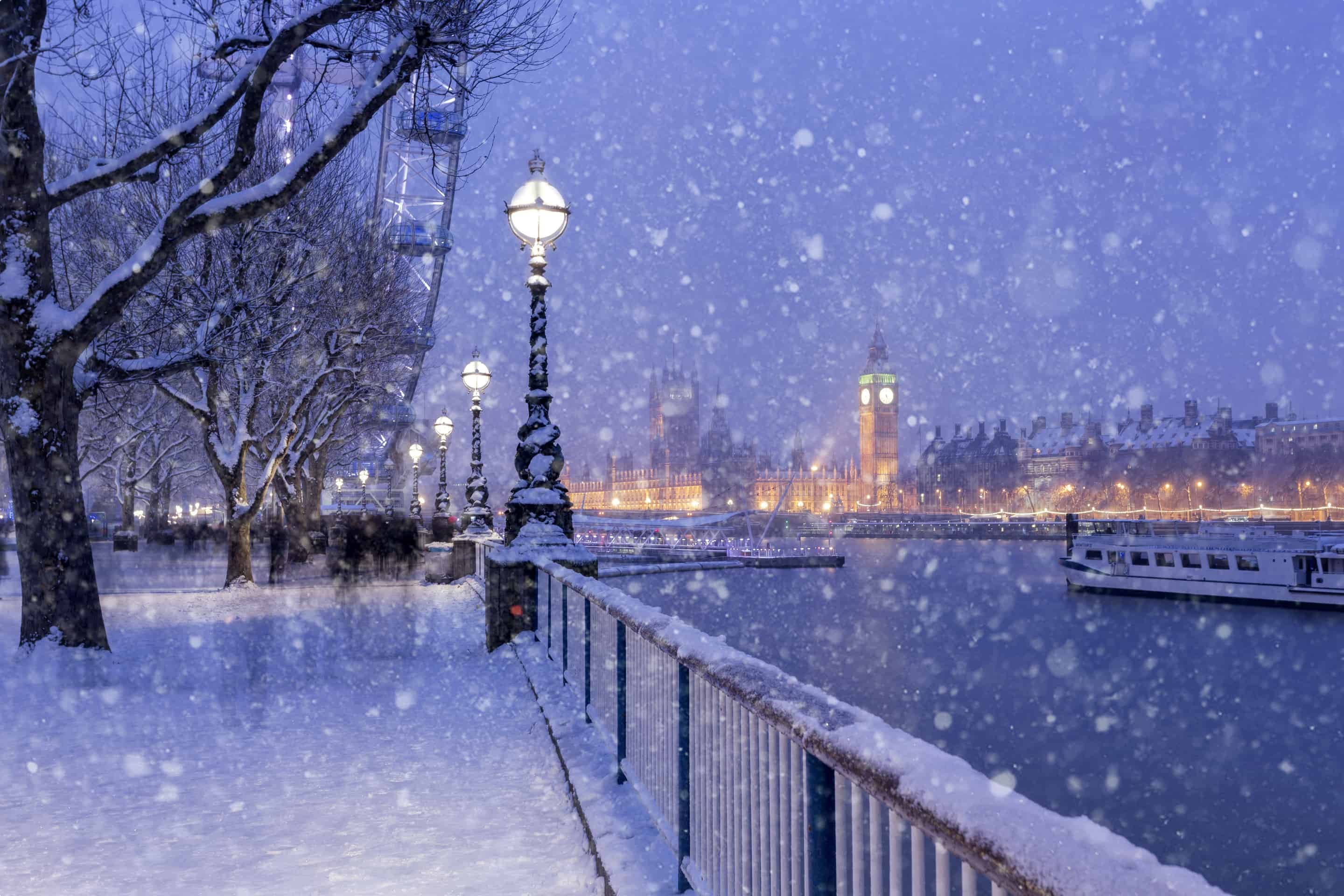
The majority of Odyssey Traveller’s tours of England pass through London and many spend a few days there exploring the treasure trove of sights and attractions. A trip to England is not complete without visiting the country’s most important city and it is hard to get a sense of both England’s national identity and colourful history without visiting its beating heart.
London in the 18th century is explored during Odyssey Traveller’s Agrarian and Industrial Britain Tour, as well as the Canals and Railways in the Industrial Revolution Tour. In these tours, you will learn how the Industrial Revolution after the Industrious Revolution brought significant and lasting change to London and across Britain. These tours each spend two days in London, before venturing to other key locations of the time period, such as Manchester, Bristol, Liverpool, and York.
For a longer stay in London, Odyssey Traveller’s Queen Victoria’s Great Britain tour spends four nights in the city and visits some incredible attractions including the Victoria & Albert Museum, Charles Darwin’s house and Sir John Soane’s Museum. Similarly, the Gardens of Britain tour spends four nights in London where travellers will get to visit some of the most beautiful locations including Hever Castle and Sissinghurst Castle.
Or, If you take part in one of our other tours of England and wish to spend more time in London, you may be interested in our London Short Tour, which can be added at the beginning or end of another tour and offers four full days exploring London with an experienced and knowledgeable guide.
Odyssey Traveller has been serving global travellers since 1983 with educational tours of the history, culture, and architecture of our destinations designed for mature and senior travellers. We specialise in offering small group tours partnering with a local tour guide at each destination to provide a relaxed and comfortable pace and atmosphere that sets us apart from larger tour groups. Tours consist of small groups of between 6 and 12 people and are cost inclusive of all entrances, tipping and majority of meals. For more information, click here, and head to this page to make a booking.
Articles about London and the United Kingdom published by Odyssey Traveller.
- The London Underground
- Victorian Women’s Fashion
- Queen Victoria’s Britain, Part 1 and Part 2
- Understanding British Churches
- Studying Gargoyles and grotesques
- Georgian Architecture
- London’s Victorian Architecture
For all the articles Odyssey Traveller has published for mature aged and senior travellers, click through on this link.
External articles to assist you on your visit to London.
- National Parks UK
- William the Conqueror (History.com)
- Queen Victoria
- The Royal Parks of London
- The Royal Mausoleum
Related Tours
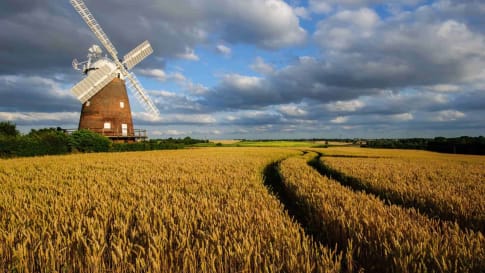
23 days
AprAgrarian and Industrial Britain | Small Group Tour for Mature Travellers
Visiting England, Wales
A small group tour of England that will explore the history of Agrarian and Industrial period. An escorted tour with a tour director and knowledgeable local guides take you on a 22 day trip to key places such as London, Bristol, Oxford & York, where the history was made.
From A$17,275 AUD
View Tour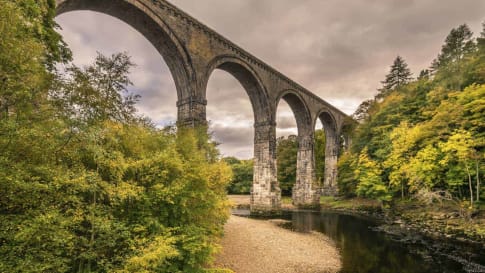
23 days
Oct, Apr, SepCanals and Railways in the Industrial Revolution Tour | Tours for Seniors in Britain
Visiting England, Scotland
A small group tour of Wales, Scotland & England that traces the history of the journey that is the Industrial revolution. Knowledgeable local guides and your tour leader share their history with you on this escorted tour including Glasgow, London, New Lanark & Manchester, Liverpool and the Lake district.
From A$17,860 AUD
View Tour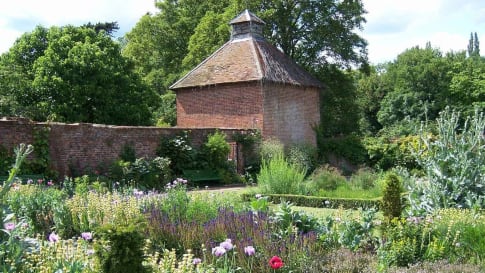
16 days
JunBritish Gardens Small Group Tour including Chatsworth RHS show
Visiting England, Scotland
From A$16,895 AUD
View Tour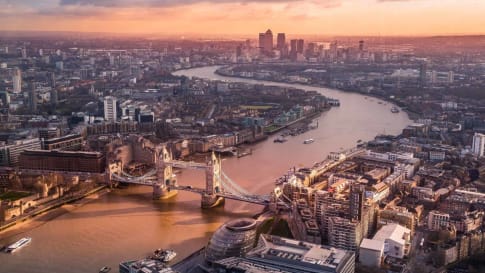
6 days
Apr, SepLondon Short Tour
Visiting England
A small group tour of London is a collection of day tours that visit and explore through the villages of the city. This escorted tour includes a journey out to Windsor castle. We explore Contemporary and learn about Roman Walled city, Medieval, Victorian London and the contemporary city today.
From A$6,995 AUD
View Tour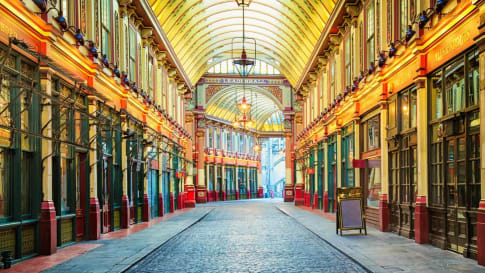
21 days
Sep, JunQueen Victoria's Great Britain: a small group tour
Visiting England, Scotland
A small group tour of England that explores the history of Victorian Britain. This escorted tour spends time knowledgeable local guides with travellers in key destinations in England and Scotland that shaped the British isles in this period including a collection of UNESCO world heritage locations.
From A$15,880 AUD
View Tour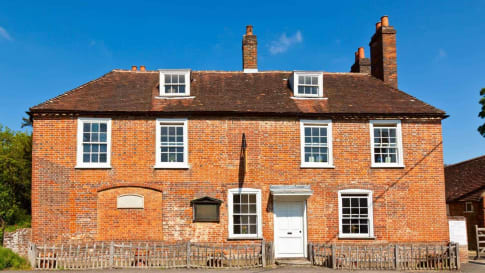
22 days
AugDiscovering the art and literature of England: Jane Austen, Shakespeare, and more
Visiting England
Stratford upon Avon, Shakespeares birthplace and Anne Hathaway's cottage as well as the Lake district a UNESCO World site and Dicken's London are part of guided tour for a small group tour of like minded people learning about the art and literature of England. Your tour leader and local guides share day tour itineraries to create a unique travel experience.
From A$17,765 AUD
View Tour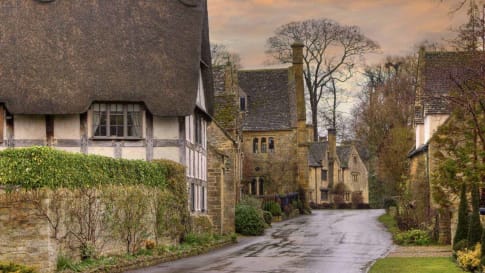
19 days
Jun, SepEngland’s villages small group history tours for mature travellers
Visiting England
Guided tour of the villages of England. The tour leader manages local guides to share their knowledge to give an authentic experience across England. This trip includes the UNESCO World heritage site of Avebury as well as villages in Cornwall, Devon, Dartmoor the border of Wales and the Cotswolds.
From A$16,995 AUD
View TourRelated Articles
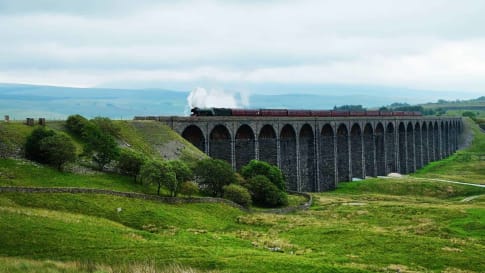
15 books on Britain's Industrial Revolution
Fifteen books on Britain’s Industrial revolution This reading list on Britain’s Industrial revolution complements Odyssey Travellers escorted small group tour that traces via the canal and railway network, the evolution of this monumental change in…
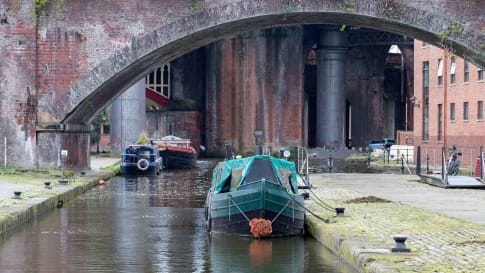
Britain: First Industrial Nation
Britain: The First Industrial Nation In the mid-18th century, the Industrial Revolution was largely confined to Britain. Historians and economists continue to debate what it was that sparked the urbanisation and industrialisation that would change…

Canals and the Industrial Revolution, UK
An Antipodean travel company serving World Travellers since 1983 with small group educational tours for senior couples and mature solo travellers. This article for travllers provides an introduction to the birth of Englands canal network at the start of the industrious and then the Industrial revolutions.
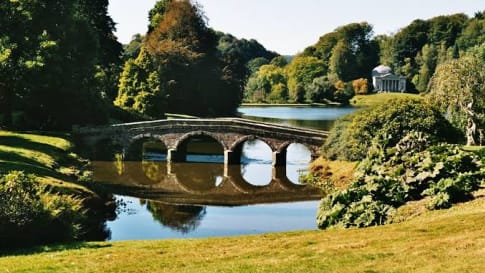
Capability Brown: The English Garden Genius
Article for senior couples and mature solo travellers interested in gardens and design in England and Europe with small group tours of interest.. Brown is regarded as a genius.
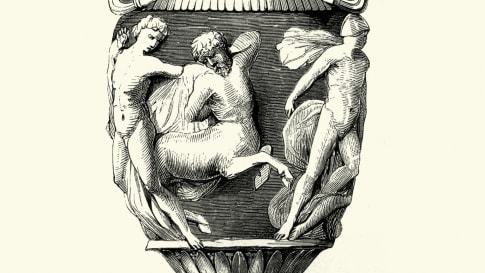
England's Consumer Revolution
Article about the arrival of luxury brands and leisure time in England. Story supports small group tours to Britain and it's history from the Bronze age to the Romans, Vikings, Medieval period through to the industrial revolution and the wealth created. An Antipodean travel company serving World Travellers since 1983 with small group educational tours for senior couples and mature solo travellers.
England's Liverpool: Port City, Architecture Marvel
Article for educational small group tours about the Port City of Liverpool. An Architecture Marvel from Georgian times, built on trade, some good, some horrific. Read and learn more before joining a tour for senior couples and mature solo travellers interested in culture, learning and the arts.

Exploring Jane Austen’s England
Exploring Jane Austen’s England Jane Austen The reach and magnitude of Jane Austen’s influence on modern readers may make one forget that she only had six novels to her name (three of which were published…
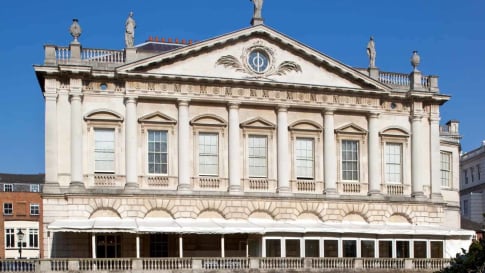
Georgian Style of Architecture: Definitive Guide for Seniors
Article to provide the senior couple or mature solo traveler with an appreciation of the influence of Georgian Architecture in Britain when on a small group educational tour.
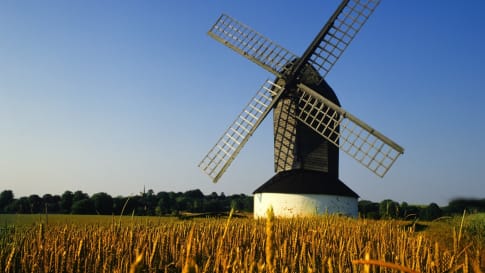
Industrious Revolution
Article for senior couples and mature solo travelers curious about the foundation for the Industrial revolution of Britain and Europe. Leads the reader to Scotland and the Derwent valley mills and to Manchester and Newcastle upon tyne in a period of great expansion.
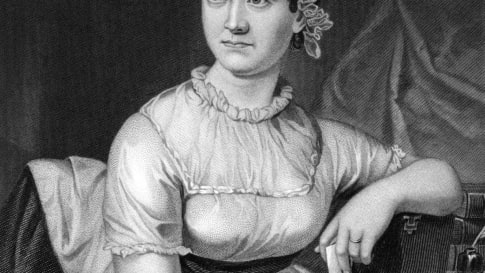
Jane Austen's music collection
Jane Austen liked to play the pianoforte often daily. An article sharing the music Miss Austen liked for senior couples and mature solo travelers interested in the literary and musical heritage of England from Shakespeare to Gilbert and Sullivan.

Markets of Victorian London
Article about the markets of London as part of a small group educational tour of England, Scotland and Wales as well as Europe. Collection of Articles about Victoria and her England including the industrial revolution for senior couples and mature solo travelers.
Yorkshire, England in the 17th-19th Centuries
Article to support escorted small group tours to Northern England for senior couples and mature solo travellers. Learn and explore not only about Yorkshire and walking the Wainwright, but Durham Newcastle, the romantics of the Lake district or the inspiration for English literature.



